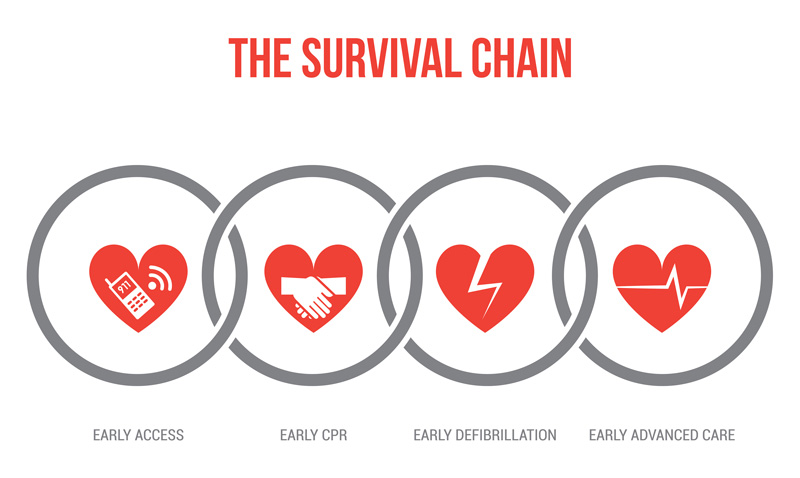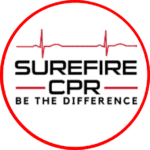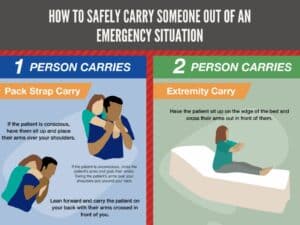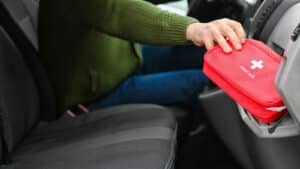Most people think that when something goes wrong with the heart, it must be a heart attack. In reality, the heart can suffer from many different ailments, and it pays to know the difference – especially when learning CPR or first aid skills.
The most common type of heart ailment is coronary heart disease, a condition that occurs when plaque builds up inside the arteries and reduces blood flow to the heart. This increases the risk of a heart attack, stroke, and other life-threatening complications.
A heart attack, also called a “myocardial infarction,” occurs when the blood flow that brings oxygen to the heart muscle is severely reduced or cut off completely. If applied in time, CPR can often mean the difference between life and death for heart attack victims.
Heart failure occurs when the heart doesn’t pump enough blood throughout the body. Often confused with heart attacks, heart failure doesn’t mean the heart has stopped. Instead, it simply means that the heart is not squeezing as well as it should. Heart failure can be caused by coronary artery disease, damage to the heart muscle, birth defects, diabetes and other factors.
More Heart Ailments
Other common forms of heart disease include:
- Irregular heartbeat. Also known as an “arrhythmia,” this ailment occurs when the electrical signals that cause the heart to beat do not fire in the proper sequence. In severe cases, an external defibrillator may be used to shock the heart back into a normal rhythm.
- Congenital heart defects. Typically occurring in the heart’s chambers, valves or blood vessels, these consist of heart problems that develop before birth. Some are life threatening, while others are mild and may need little or no medical treatment even through adulthood.
- Cardiomyopathy. This results from an abnormality of the heart muscle that makes it harder for the heart to pump blood efficiently. Depending on the severity of the condition, it can lead to heart failure.
- Heart valve problems. These can occur when the tissue flaps on each heart valve (to make sure the blood flows in the right direction) don’t open and close properly.
- Angina. Usually caused by narrowing of the arteries or muscle spasms in the coronary arteries, this painful condition occurs when the heart doesn’t get enough oxygen and nutrients. Although it can feel like a heart attack, angina doesn’t usually cause permanent heart damage.
Heart Attack First Aid
If you or someone else is having a heart attack, medical professionals recommend the following:
- Call 911 immediately, or have a neighbor or friend drive you to the nearest hospital or emergency clinic. Do not attempt to drive yourself.
- Chew or swallow an aspirin, unless you are allergic to it or have been told by your doctor not to take it.
- If the person is unconscious, begin CPR. If you haven’t taken CPR training, get certified as soon as possible so that you can help someone in an emergency. The 911 operator can also walk you through the steps! do not attempt mouth-to-mouth resuscitation. Instead, apply chest compressions at the rate of about 100 per minute until help arrives.











